On his famous canvas, Milles captured the moment when Ophelia, half submerged in water, sings. From the tragedy of Shakespeare’s “Hamlet”, we know that the girl went crazy about the
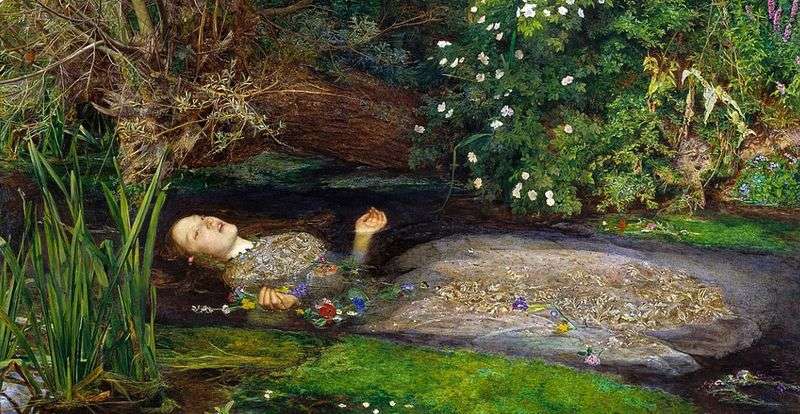

On his famous canvas, Milles captured the moment when Ophelia, half submerged in water, sings. From the tragedy of Shakespeare’s “Hamlet”, we know that the girl went crazy about the
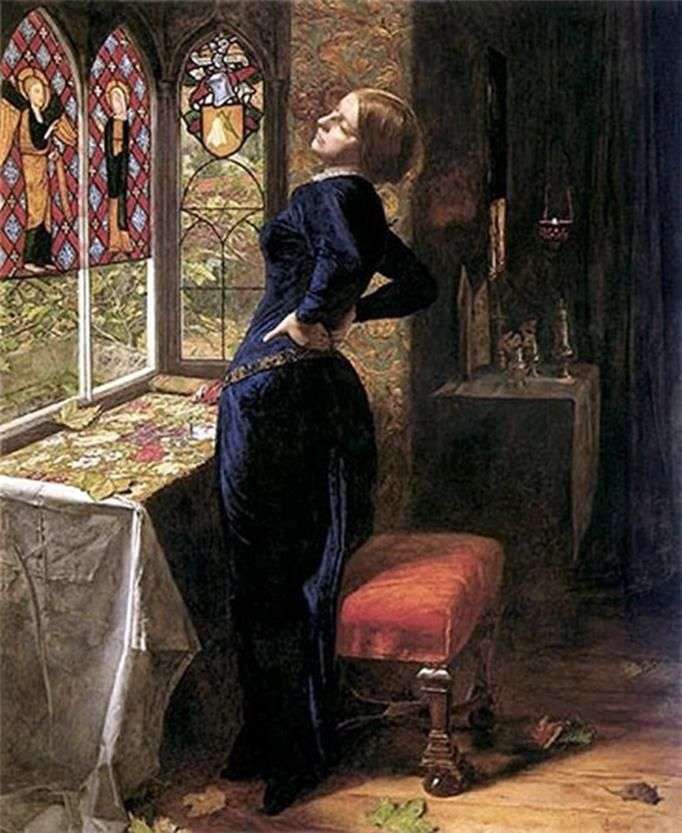
At the heart of the poem and the picture is the plot of Shakespeare’s play “Measure for Measure.” Mariana rejected: vain Angelo, governor of the Duke of Vienna, sent the

Milles was an outstanding schedule, his line was distinguished by grace and expressiveness. Most of the drawings of the artist belong to the early period of his work, most often
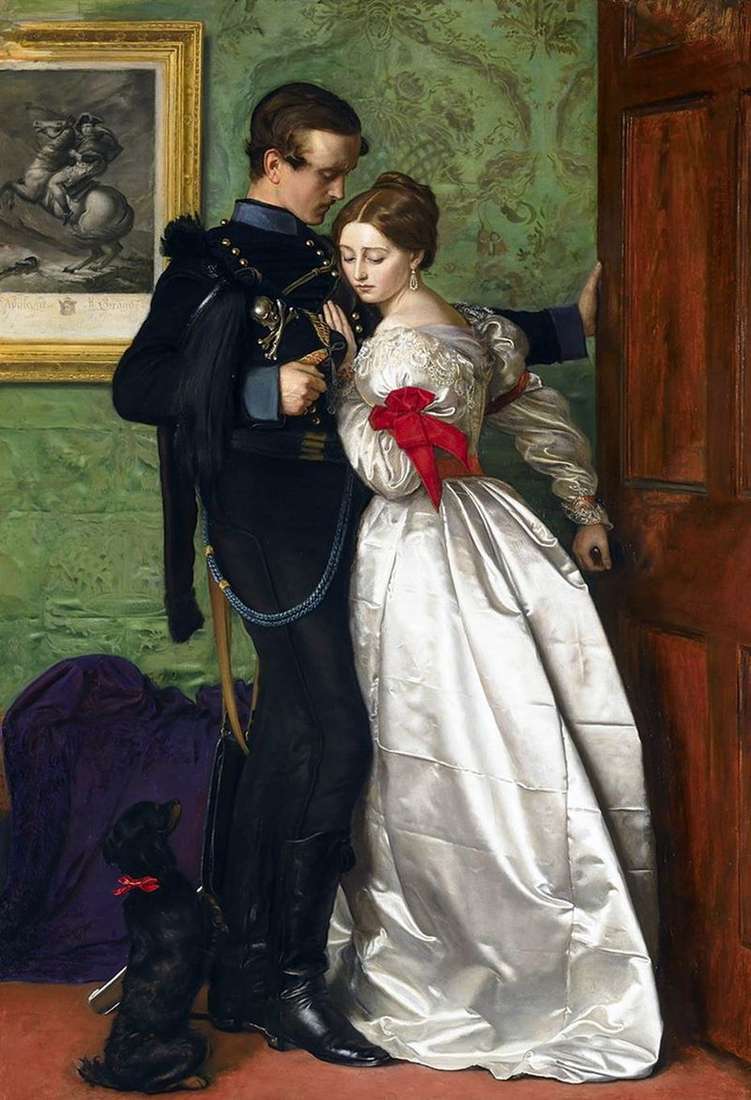
In this work, Milles refers to the theme of love and separation, begun by the famous painting “Huguenot”. But if in “Huguenot” a scene from the history of the XVI
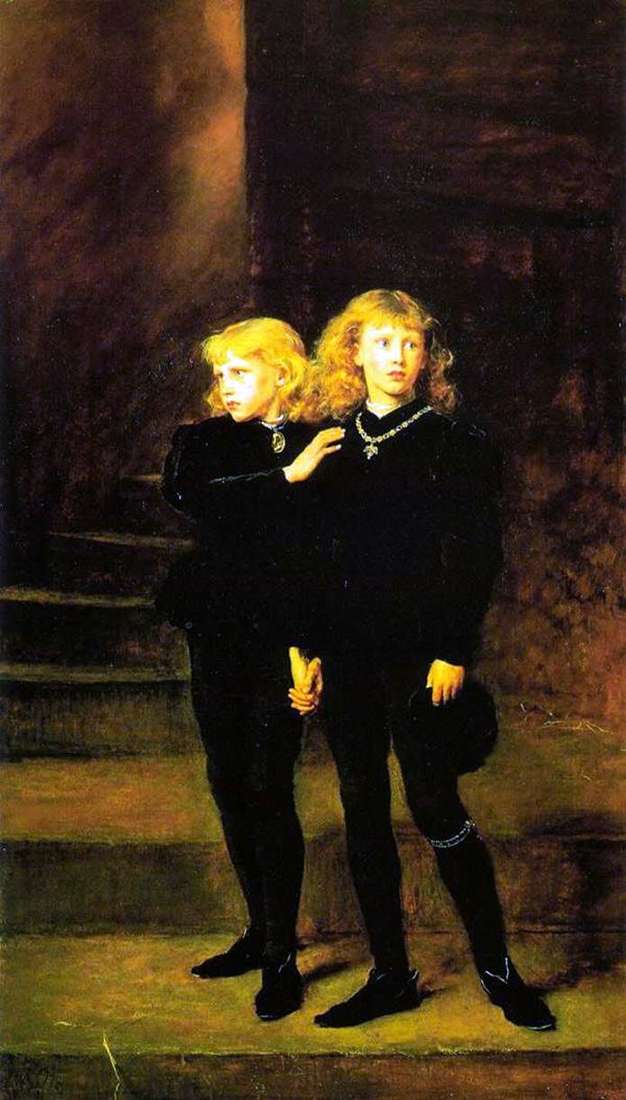
Historical and literary plots John Milles began his career with multi-figure historical, literary and religious scenes, and although over the years he has taken a great interest in the parade
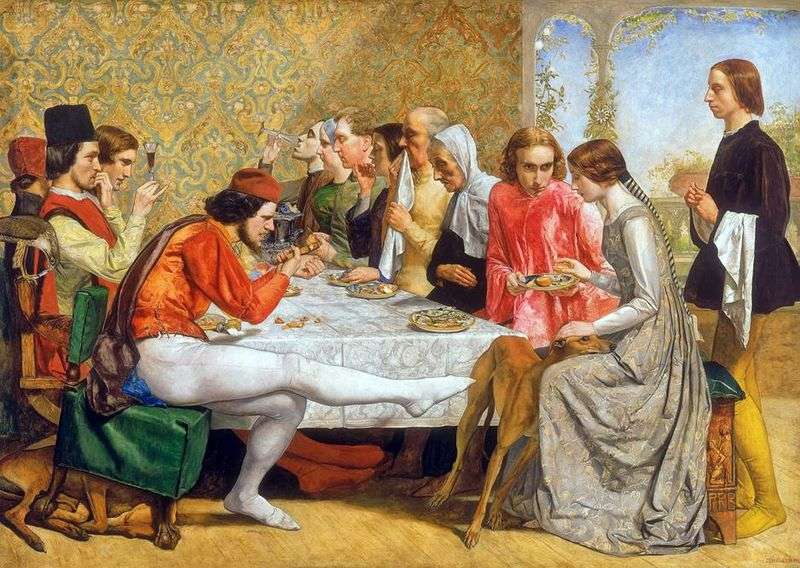
The first picture, written by Milles after joining the “Pre-Raphaelite Brotherhood,” is “Isabella.” Here the initials of the “Brotherhood” – RKV – Milles “cut out” on the leg of the
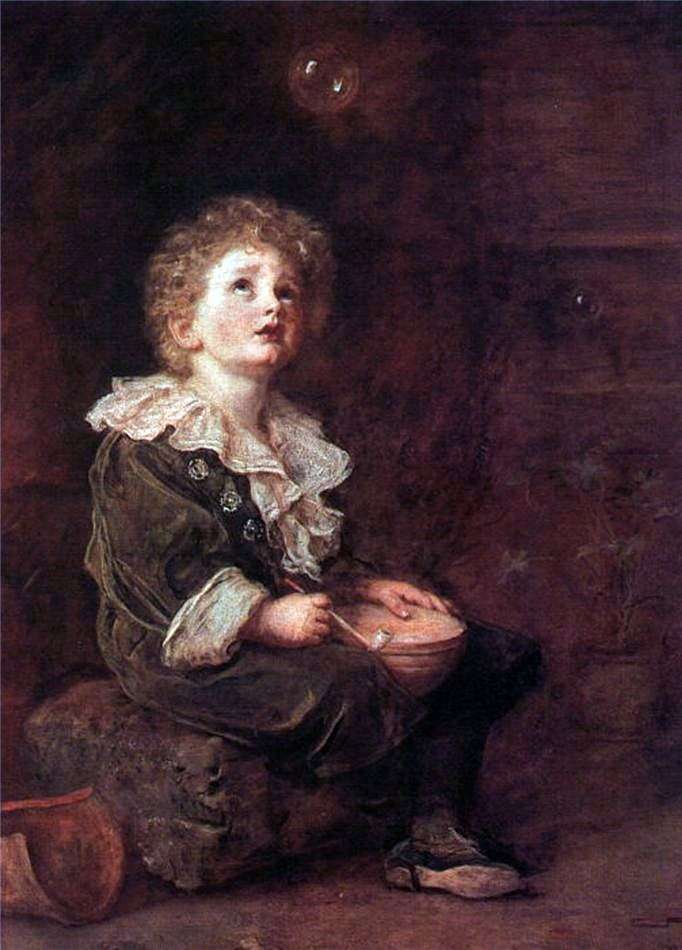
Advertising was invented by the ancient Romans: signs reached us found during excavations of destroyed cities. However, advertising in the form in which it exists to this day, appeared only
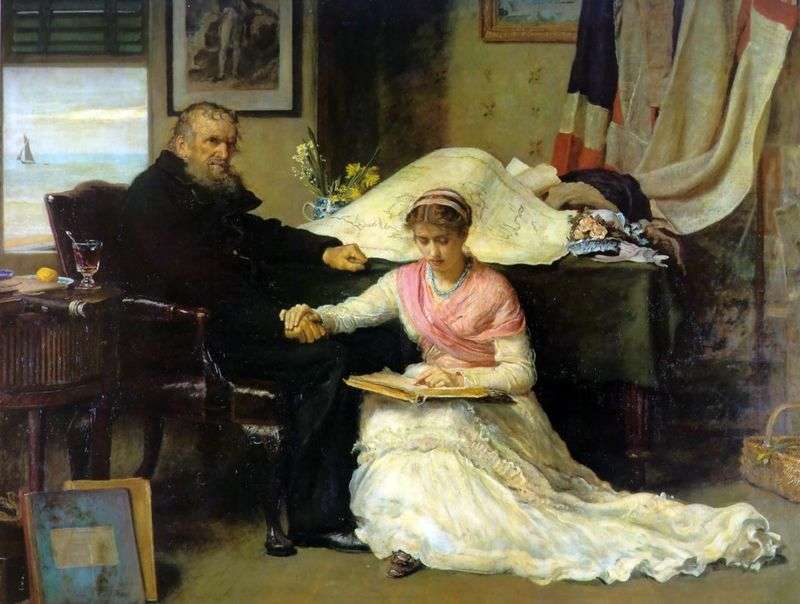
This picture is truly a tribute to the artist’s glorious past of his homeland. Milles first showed the canvas to the audience with the accompanying inscription: “This should be done
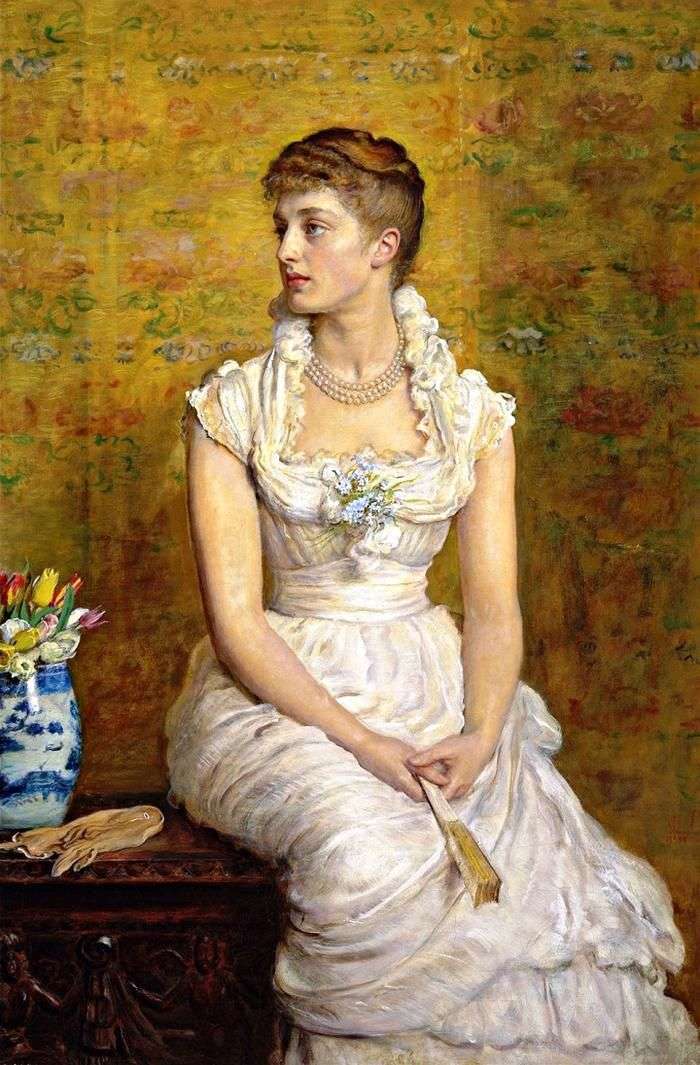
Milles knew how to convey on paper and canvas a portrait similarity in early childhood and already then often painted portraits of his relatives and friends. Thus, the young artist
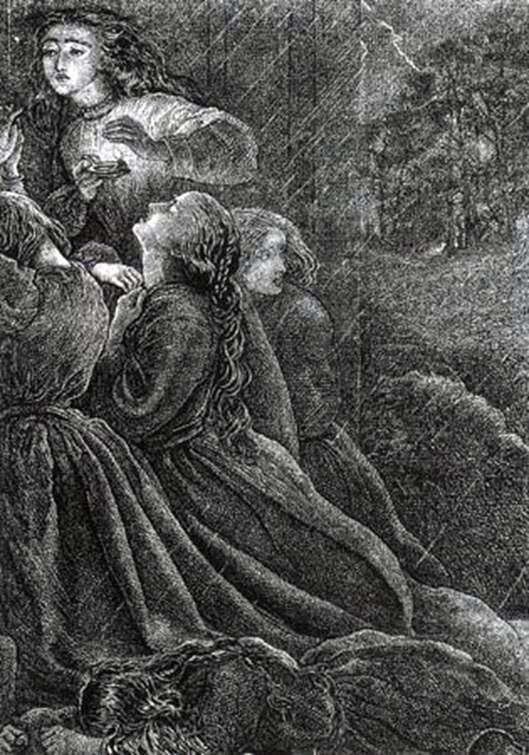
From the late 1850s, Milles worked very hard in the book illustration genre, doing wood engraving. At that time, the painting trade was in some decline, but there was a

It is said that Milles came up with the plot for this picture in the summer of 1848 during a church sermon. On the canvas depicts little Jesus in the

Written in the third year of the artist’s presence in the ranks of the Pre-Raphaelites, “The Woodcutter’s Daughter” became the second landscape of Milles after the painting “Ariel attracts Ferdinand,”
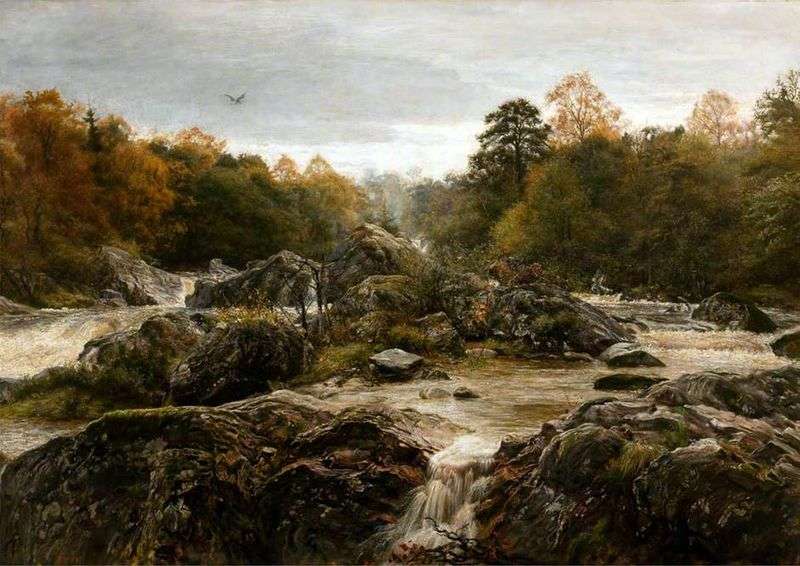
Already in the early works of Milles there are elements of the landscape, for example, in Ophelia. But it was not until the 1870s that the artist turned to landscape
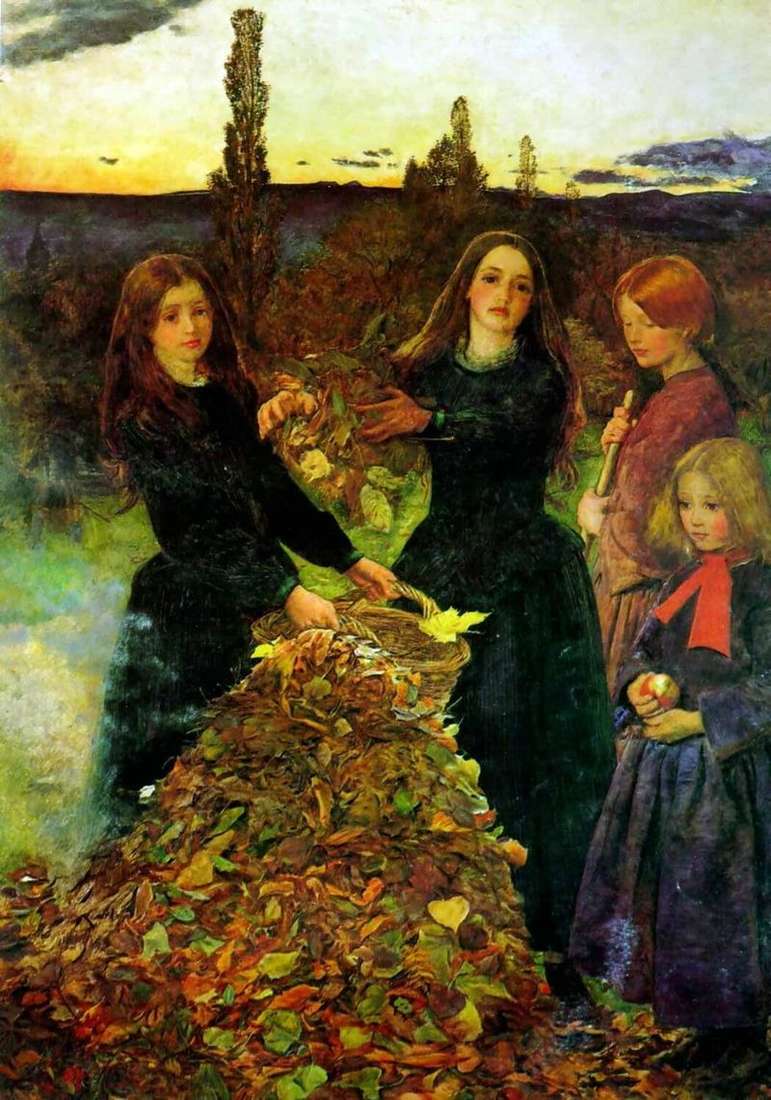
This picture can be considered the first attempt by Milles to move away from the narrative and historical plots that have become familiar to him. In November 1854, he decided